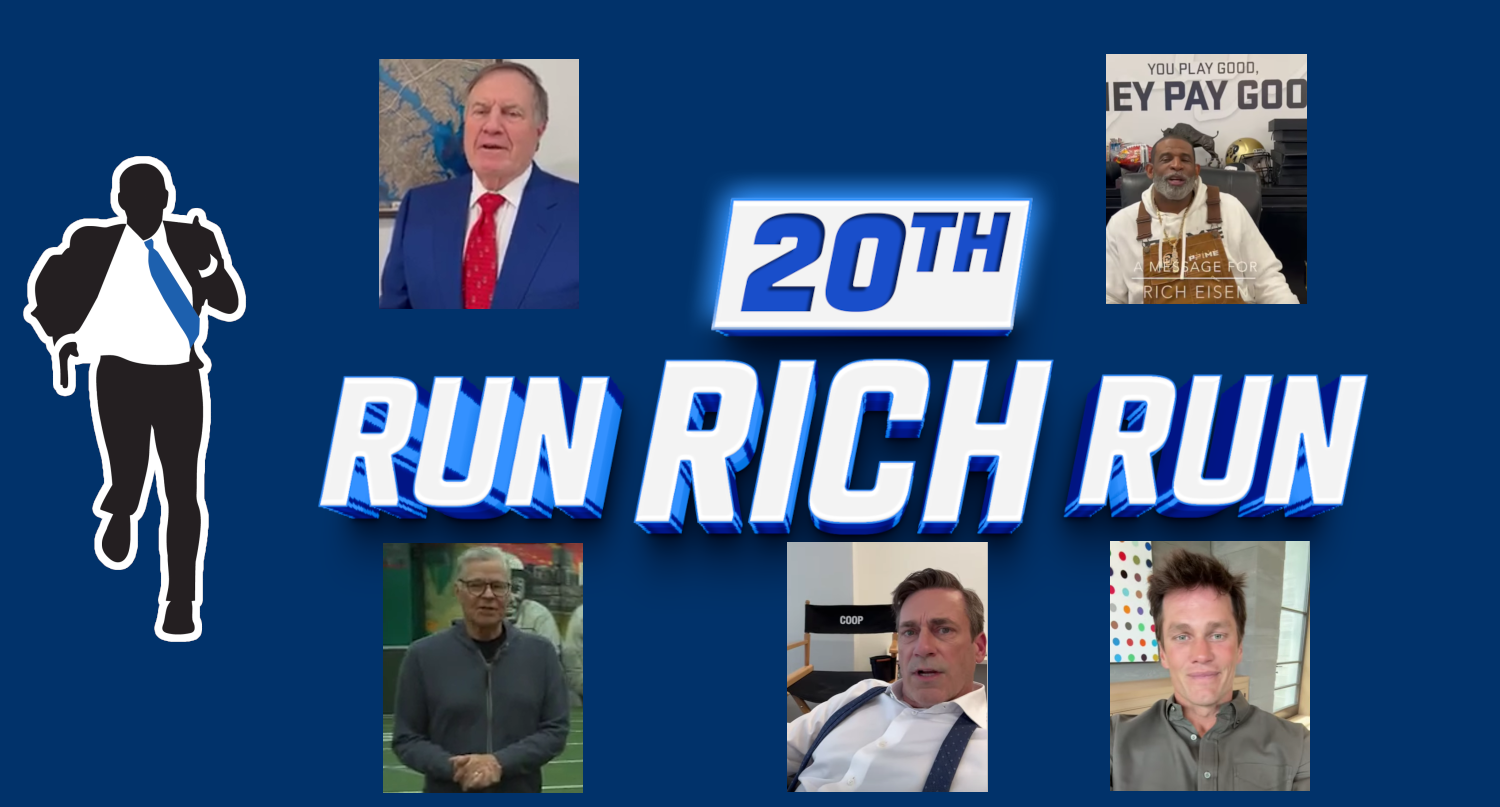This week has seen a surprising amount of pointed comments not about actual ratings, but about how ratings are going to be measured. This started with disputes around the audience for Amazon’s Thursday Night Football broadcasts on Prime Video last year, with the company consistently posting internal numbers that were much higher than the Nielsen numbers for their broadcasts. And that led to Nielsen saying this week they will incorporate Amazon’s internal numbers this year.
But that Nielsen decision drew strong pushback from ESPN, Fox, CBS, and the trade group the Video Advertising Bureau. That latter group went in particularly hard, blasting the move in an open letter. That included lines such as “These are areas that an objective third-party measurement/currency provider should not be creating advantages in for one of its clients, while simultaneously (and knowingly) creating competitive disadvantages for a group of its other clients.”
On Wednesday, though, Nielsen fired back at the VAB’s letter with a letter of their own. Here’s more on that, via Jon Lafayette of Broadcasting and Cable:
“We recognize this is a period of exceptional change in which all parties are at different stages of their own evolution,” Nielsen CEO of audience measurement business Karthik Rao wrote in a letter to VAB president and CEO Sean Cunningham. “However, the search for perfection risks further delaying the measurement innovations that will ultimately help drive the industry into the future. We believe that our principled, transparent and open approach to integrating first-party data requires all publishers to play by the same rules and will accelerate the industry’s move toward a streaming-first world.”
…Rao said that Nielsen has been engaged with the industry — including VAB members — about integrating first-party data when it measures live streaming. He also dismissed specific complaints about Nielsen’s measurement of TNF as “misleading and inaccurate.”
Beyond that, Rao wrote that Nielsen shared requirements for integrating first-party data in a document in March, but that Amazon is the only one to take them up on it so far. He said they’re open to doing similar moves with other companies, though.
“Clients other than Amazon did not immediately decide to take action, but we remain hopeful that they will in light of our progress and the level of engagement from other NFL programming/advertising competitors,” Rao said.
“While Amazon is the first integration partner, we have been in active discussions with many of our clients for years about incorporating their first-party data for more accurate measurement of audiences across all live program types,” he said. “We look forward to bringing more such integrations into our measurement in the near future.”
This is a notable fight on several levels. For one thing, Amazon sells ads on their Thursday Night Football broadcasts, so audience measurements matter there; they had to compensate advertisers for lower-than-expected numbers last year. Their numbers also matter for the NFL overall; yes, there are gains for the league from the younger and wealthier audience Amazon cited, but it also wants just huge audiences, and “Thursday Night Football ratings drop” is not a story it wants (even if some of that is an obvious broadcast to streaming drop). And their numbers matter for competing NFL broadcasts and other programming, which is why these other broadcasters have been taking exception.
Of course, there have been plenty of issues with Nielsen’s own measurement before, some of which the company has admitted to. And that’s led to moves like NBC trying out different measuring services in parallel, and the NFL commissioning a Super Bowl report from Nielsen with a different methodology (which also produced much higher numbers).
But while some Nielsen criticisms are quite supported, the company’s viewership numbers (which are estimates, not perfect numbers) still have value as a common basis for comparison across networks and streaming services; any errors are likely to show up similarly, at least for similar programming, and that’s why Amazon signed on with them last year (making TNF the first streaming show in the weekly Nielsen TV report). The concerns from others that the Prime Video NFL numbers now won’t be as comparable to other companies’ NFL numbers are understandable. And it will be quite interesting to see how the numbers look this fall under this new approach.







